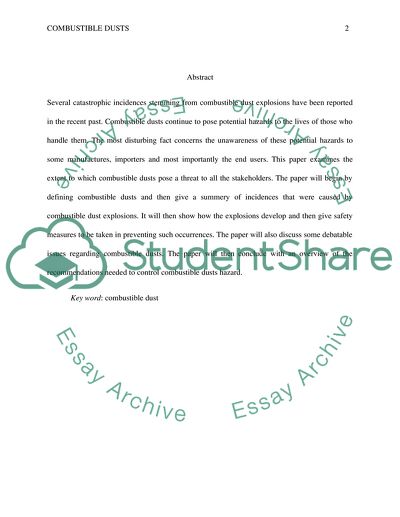Cite this document
(“It Is Needed to Control Combustible Dusts Hazard Research Paper”, n.d.)
It Is Needed to Control Combustible Dusts Hazard Research Paper. Retrieved from https://studentshare.org/environmental-studies/1762417-combustible-dust
It Is Needed to Control Combustible Dusts Hazard Research Paper. Retrieved from https://studentshare.org/environmental-studies/1762417-combustible-dust
(It Is Needed to Control Combustible Dusts Hazard Research Paper)
It Is Needed to Control Combustible Dusts Hazard Research Paper. https://studentshare.org/environmental-studies/1762417-combustible-dust.
It Is Needed to Control Combustible Dusts Hazard Research Paper. https://studentshare.org/environmental-studies/1762417-combustible-dust.
“It Is Needed to Control Combustible Dusts Hazard Research Paper”, n.d. https://studentshare.org/environmental-studies/1762417-combustible-dust.


